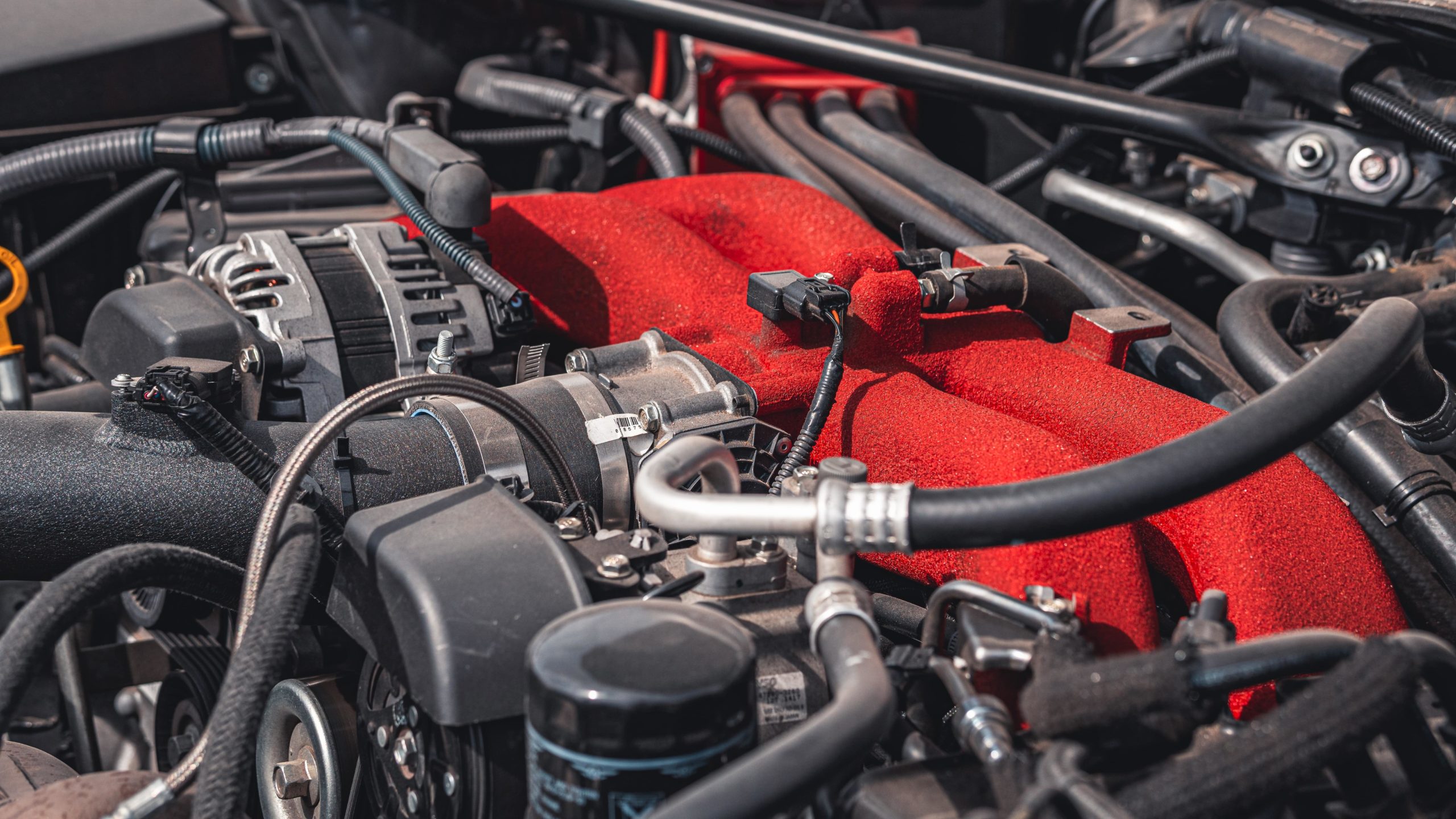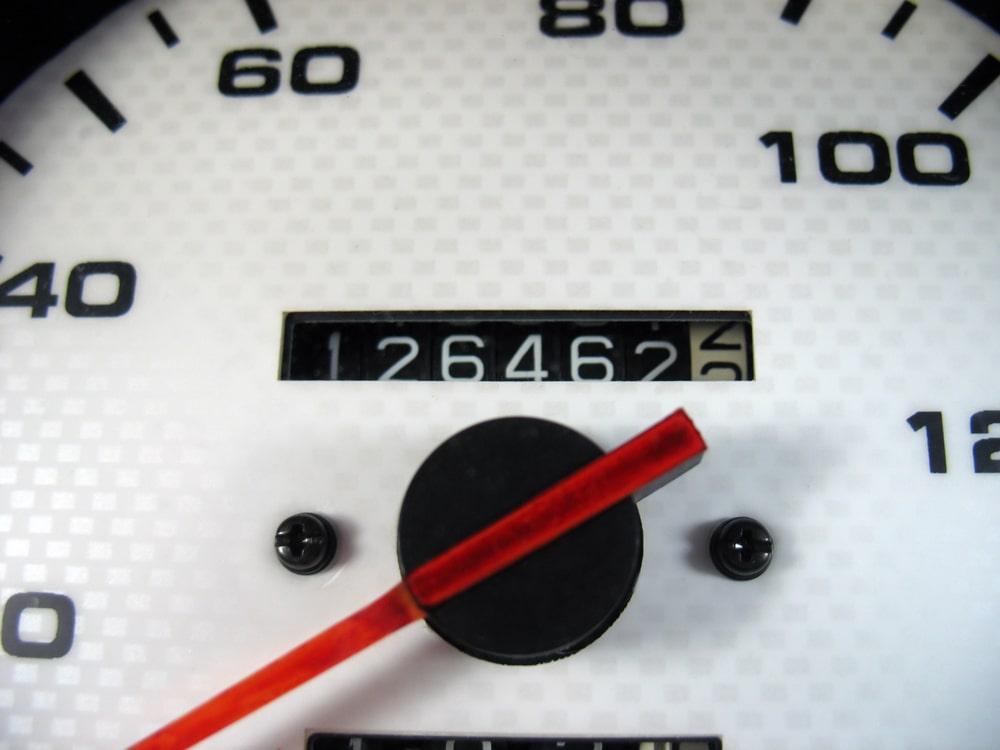Cars are wonderful, but sometimes, the coverage you think you’re getting isn’t necessarily what you’re actually getting. Depending on the service provider and the actual terms of the agreement, you could be getting much less with that warranty than you think. Let’s take a look at some stats on car repair. Then we will see how they tie into the omnipresent Bumper to Bumper warranty. According to a study published by AAA, the average auto repair bill comes to between $500 and $600 — and 1 in 3 motorists can’t pay it without incurring debt.

The High Cost of Car Repairs
Do you know how much a mechanic will charge to fix your vehicle? At the average repair center, you could wind up paying $80-$100 an hour in labor alone. That’s not counting other common expenses like getting new parts (which, all by themselves, could be hundreds or even thousands of dollars).
When all is said and done, the actual cost of your repairs can be above $2500. This could grow even more if lack of a vehicle stops you from getting where you need to be. Opportunity costs can be nasty that way. Anything below this rate is you getting lucky and not having serious damage to your vehicle.
As many as one in three vehicles that are more than a few years old could break down. As cars get older, the chance of something going badly wrong goes upwards.
The Myth of the Bumper to Bumper Warranty
That’s a great name, isn’t it? “Bumper to Bumper”. Everything from the front of your vehicle to the back of it… except not.
This name is misleading, because there are a lot of things it doesn’t cover. Including, believe it or not, the bumpers themselves. Another way of referring to this coverage is the “basic warranty” included with each new vehicle. It is probably not going to cover any of the following:
- Wear Parts: A “wear part” is any part designed and intended to wear out over time. There are a lot of them within the vehicle. Light bulbs, filters, brake pads, wipers… all the little parts and pieces. That may not sound like a problem right now, but consider this – some diagnostic lights may be considered “wear parts”. If they fail, real damage could be done to your vehicle before you know anything is wrong, and none of it will be covered. Yeah. Awkward.
- Abuse: This is widely considered to be any non-standard use of the vehicle. Some providers take an extremely open view of what abuse is. For example, allowing a friend to take the vehicle for a test drive to see if they want to buy a similar one? Abuse.
- Emission Control Equipment: Keeping control of emissions is important. If the vehicle doesn’t pass, you might have quite a lot of trouble on your hands. Unfortunately, the systems that regulate emissions often aren’t covered under the basic warranty for the vehicle.
- Rust: See a few spots of dark red on your vehicle? Rust is a real problem with metal, even metal covered in car paint, and warranties generally don’t consider any rust to be covered under the bumper to bumper policy.
Oh, and one more thing – if you haven’t obsessively performed every bit of maintenance (with documentation), your warranty provider may refuse to pay out and leave you on the hook for the full cost of repairs.
Extending Your Manufacturer’s Warranty
If your vehicle isn’t new anymore, it’s probably going to break down every three years or so. Every time, it could cost you over $2500. That’s rather optimistically assuming that nothing else breaks down in the process.
When your warranty has expired – which could happen as soon as three years after you bought the vehicle, right when things are actually starting to break down – you’re left to pay the full cost of repairs out of your pocket. The only effective way to avoid this is to get an extended car warranty that provides adequate coverage for as long as you own the vehicle.
This gets you off the hook for paying – and you can head out each day with the confidence of knowing you’re properly protected.
Read more: Find the Best Extended Auto Warranty Company
Note: While every effort has been made to ensure the accuracy of this article, the simple truth is that individual warranty plans do vary. They might be different from what has been described here. It is not possible to cite every conceivable exception, but we do acknowledge that exceptions exist. We strongly encourage reading your existing warranty information in full to find out what it actually covers (and does not cover) at any given time.









